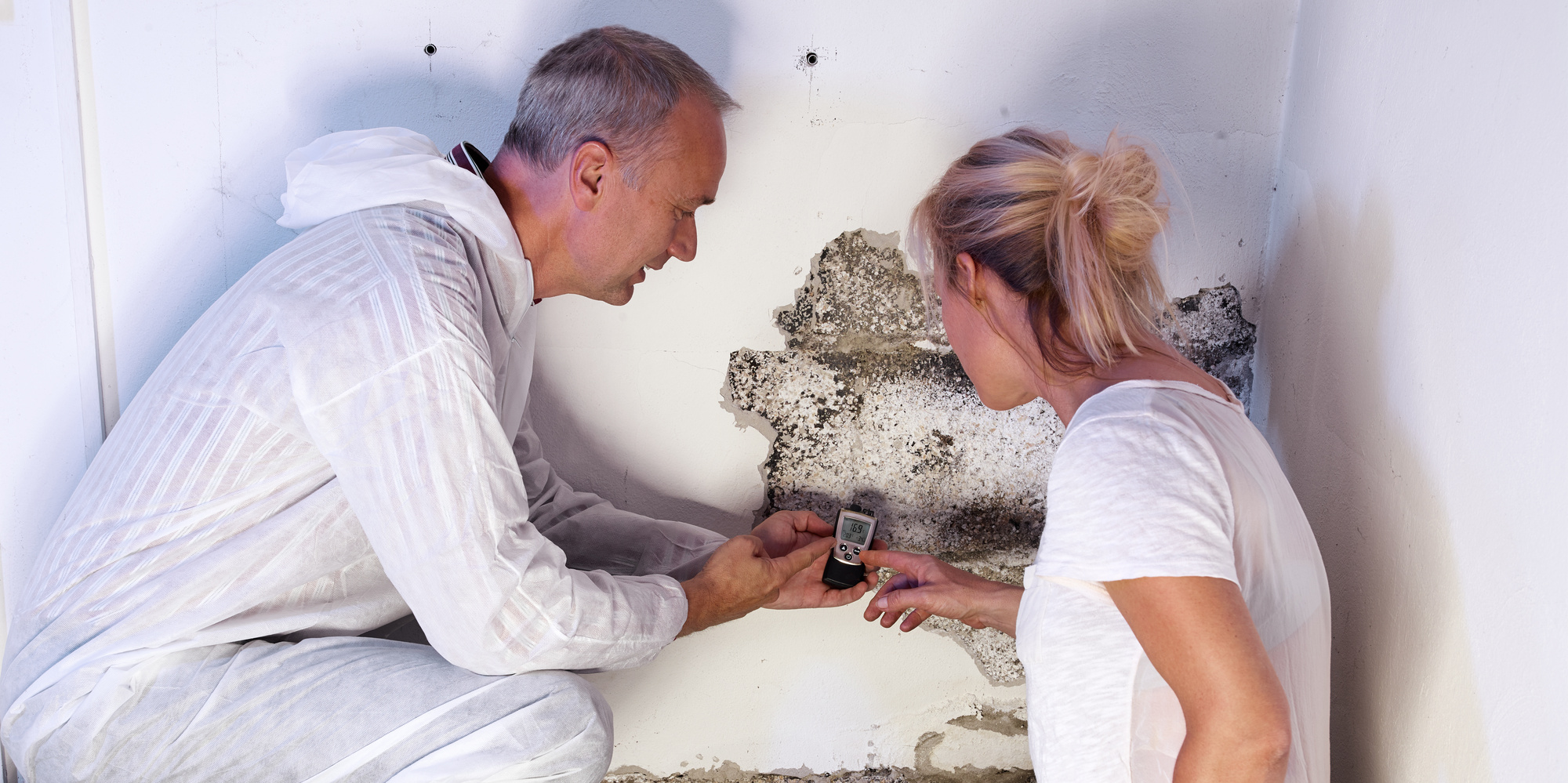After Mold Remediation Methods for Clean Spaces
After Mold Remediation Methods for Clean Spaces
Blog Article
Your Ultimate Guide to Message Mold Remediation Techniques
Browsing the realm of post-mold remediation strategies is a precise process that demands attention to information and a comprehensive understanding of the complexities entailed. In the aftermath of mold infestation, recognizing how to efficiently eradicate the mold and avoid its reoccurrence is critical for preserving a healthy interior setting. From selecting the appropriate cleaning and decontaminating methods to implementing strategies for long-lasting mold prevention, each action in the removal trip plays a crucial duty in making certain an effective end result. As we start this expedition of post-mold remediation methods, we will certainly discover the essential methods and best techniques that can aid you restore your area to its pre-mold problem and guard it against future mold threats.
Understanding Post-Mold Remediation Process
After completing the mold remediation process, it is essential to comprehend the post-mold remediation techniques that are required to guarantee a efficient and detailed cleaning. When the mold has been removed, the following step involves cleaning and decontaminating the influenced areas to stop any type of regrowth of mold. This includes using specialized cleaning up agents to wipe down surfaces and kill any type of staying mold and mildew spores. It is vital to dry out the location entirely to discourage the growth of mold and mildew in the future (Post Mold Remediation). Appropriate air flow and dehumidification can aid in this process.
Additionally, conducting a final examination post-remediation is essential to ensure that all mold and mildew has actually been efficiently removed. If the examination discloses any kind of sticking around mold and mildew, extra remediation may be required.
Effective Cleaning and Disinfecting Methods

Avoiding Future Mold Growth

Importance of Appropriate Ventilation
Correct air flow plays a crucial duty in protecting against wetness build-up, an essential element in mold growth within interior environments. Reliable air flow systems assist eliminate excess moisture from the air, minimizing the chances of mold spores discovering the wetness they require to spread and germinate. Without sufficient ventilation, interior rooms can come to be a reproduction ground for mold, resulting in prospective wellness risks official statement and architectural damage.
By making certain correct air circulation, air flow systems can likewise assist in drying out wet areas quicker after water damage or flooding incidents, further hindering mold and mildew growth. Post Remediation Inspection near me. In rooms like bathrooms, basements, kitchen areas, and attic rooms where dampness degrees often tend to be higher, installing and maintaining efficient ventilation systems is vital in preventing mold infestations

Surveillance and Upkeep Tips
Provided the vital role that correct air flow plays in stopping mold growth, it is necessary to develop effective surveillance and maintenance tips to make certain the continued capability of air flow systems. Regular examinations of ventilation systems need to be carried out to check for any indications of obstructions, leakages, or breakdowns that could impede correct air flow. Monitoring moisture levels within the residential property is likewise important, as high moisture can add to mold and mildew growth. Installing a hygrometer can aid track moisture levels and sharp property owners to any spikes that might need attention. Additionally, ensuring that air filters are regularly cleaned or replaced is crucial for maintaining the performance of the ventilation system. Applying a schedule for routine maintenance jobs, such as duct cleansing and HVAC system assessments, can aid prevent issues prior to they intensify. By staying alert and aggressive to the condition of ventilation systems, property proprietors can efficiently reduce the danger of mold regrowth and preserve a healthy and balanced indoor atmosphere.
Conclusion
Finally, post-mold remediation strategies are essential for guaranteeing a secure and clean environment. Comprehending the process, executing reliable cleansing and decontaminating approaches, preventing future mold development, maintaining appropriate ventilation, and routine tracking are all crucial actions dig this in the remediation process. By complying with these standards, you can efficiently remove mold and stop its return, advertising a healthy living or working space for all residents.
In the aftermath of mold problem, knowing exactly how to effectively eradicate the mold and mildew and stop its reoccurrence is extremely important for preserving a healthy interior environment. Once the mold has actually been eliminated, the following step involves cleaning and disinfecting the impacted areas to protect against any regrowth of mold and mildew - After mold remediation. After removing visible mold and mildew development, it is vital to clean up all surfaces in the afflicted location to remove any remaining mold and mildew spores. To further enhance mold and mildew prevention actions, it is important to attend to underlying problems that initially led to mold growth.Offered the essential function that correct air flow plays in protecting against mold and mildew growth, it is important to establish efficient surveillance and maintenance ideas to ensure the continued functionality of air flow systems
Report this page